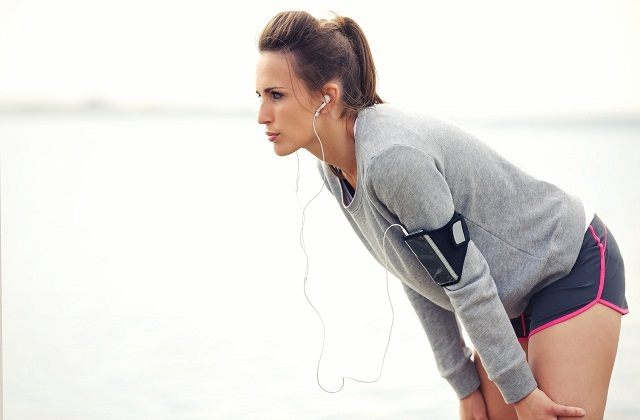
Keep Burning Calories After Sport Is Over: The Afterburn Effect
In our previous post, we discussed whether it was more beneficial to one’s health to run or walk, and we introduced a sports term that not too many people are familiar with – Afterburn. That is way we’ve chosen to dedicate this article to explaining, in a simple way, the inner workings of this phenomenon.
If you’ve ever heard of the Afterburn effect, you surely have first-hand experience with how sore and tired you can be after a hard exercise session, but also feel full of energy at the same time.
When timed correctly with some sporting activity, this feeling can be magnified and the Afterburn effect will begin. At this moment, your body is burning calories even after you’ve finished your session. We will discuss a series of exercise that will not only help burn calories during exercise, but even after you’ve stopped.
Among experts, the Afterburn effect is known as the consumption of oxygen after exercise (COPD). The reason that this process helps you burn calories after exercise is complete is that intense training can jolt your body from its normal routine (in a good way). Once your exercise is complete, your body need to get back to work as usual – or the way it was working pre-sport. For this process to work, it takes a special effort after finishing your walk or run.
In summary, the Afterburn is the process of burning calories after exercise is complete, but this can be difficult to accurately measure or estimate. The more intense the exercise, the greater the effect. For example running as fast as you can for 30 seconds for 5 repetitions will have a larger effect than running smoothly for 30 minutes.
What Is Energy Expenditure?
Energy expenditure is the total amount of calories you burn. More specifically, energy expenditure refers to the amount of energy used by a person throughout all their body’s activities from movement to blood circulation, breathing or digestion.
When we exercise, energy expenditure is the total amount of calories burned during and after.
Many experts say that even if you play sports properly, metabolism can continue to work for a few days later. “When you force your body during exercise, it can take up to three days until the metabolism is back to normal,” said Victor Zammit, Professor of Metabolic Biochemistry at the University of Warwick, UK.
Only 20 minutes of high intensity exercise is sufficient to increase calorie burning by up to 10%. That is, if a man weighing 80 kilos burns 2,160 kcal a day just to survive (your basal metabolic rate ), and the Afterburn is 216 kcal, he will lose two kilos a month.
Keep in mind that for this effect to succeed, you have to do “good” exercise, making your body work and burn calories. You may be apprehensive or nervous about taking your body out of its ‘comfort ‘ area, but this should be done with some level of restraint. Another error is to allow ‘whims’ or just work to burn excess calories. As always, aim for a comfortable medium!
















